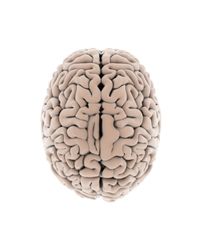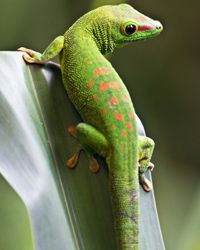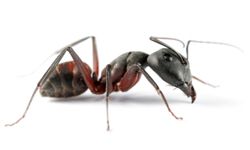Engineers are in the business of solving problems. It's their job to find ways to achieve certain outcomes. The problem might involve finding a way to build a skyscraper that can withstand hurricane-force winds. Or it might be to discover a method to deliver a specific dosage of drugs to a single cell in the human body.
Engineers often look to nature to see if there's already a solution to the problem they currently face. Not only must they recognize the solution, but also be able to study, copy and enhance that solution so that we can take advantage of it. There's a special word for this approach: biomimetics. Ultimately, the engineer's creation mimics the structure or function of a biological entity.
Advertisement
The results can be awe-inspiring or something people routinely take for granted. But even the basic inventions wouldn't have been possible if engineers hadn't paid close attention to the way things work in nature. We'll take a look at five ways nature has inspired the technology we rely upon, listed in no particular order.





